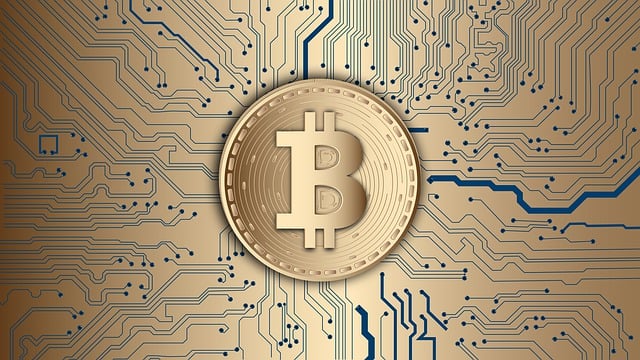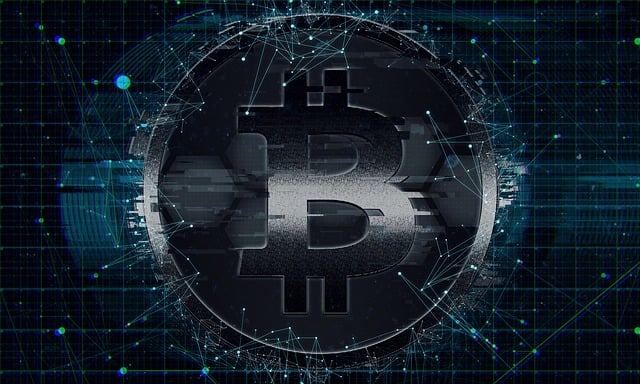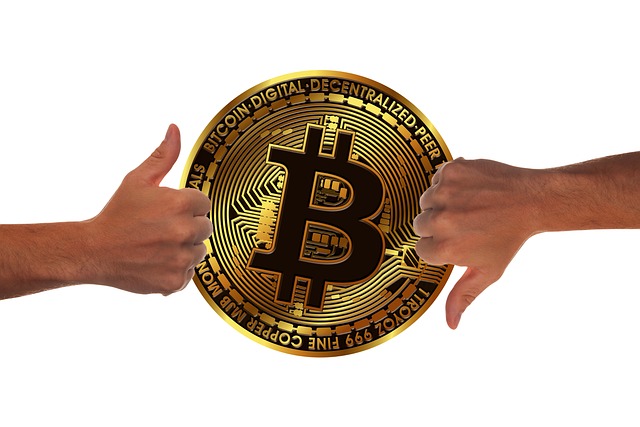Stablecoins, digital currencies backed by fiat or commodities, offer significant advantages over traditional crypto, including price stability, reduced volatility, increased liquidity, and enhanced security. They foster trust, encourage DeFi participation, provide safer investment options, facilitate transactions, attract users, and promote global financial inclusion. By bridging the gap between cryptocurrencies and fiat money, stablecoins enable easier conversion and adoption, making them a compelling contender for a global monetary standard. Their primary benefit of price stability, transparency, and streamlined cross-border transactions position them as a secure alternative to traditional fiat currencies for international remittances and everyday use.
“Unraveling the concept of ‘default’ in financial systems, this article delves into its profound impact and introduces stablecoins as a potential solution to economic instability. We explore how these digital currencies offer distinct advantages over traditional fiat money. From mitigating volatility to fostering global accessibility, stablecoins are revolutionizing finance.
In a world where stability is key, understanding the role of stablecoins as a viable default monetary option is essential, especially with their growing adoption and potential future implications.”
- Understanding Default and its Impact on Financial Systems
- The Emergence of Stablecoins: A Solution to Instability
- Key Advantages of Using Stablecoins as a Default Monetary Option
- Exploring the Future of Finance: Implications and Challenges for Stablecoins as a Global Default
Understanding Default and its Impact on Financial Systems

In the realm of finance, default refers to a situation where a borrower fails to repay their debt as agreed upon. This can have significant implications, especially in the context of complex financial systems. When it comes to digital currencies and stablecoins, understanding default is crucial for gauging potential risks and benefits. Stablecoins, designed to maintain a fixed value often backed by fiat currency or commodities, offer advantages in terms of stability and reduced volatility compared to traditional cryptocurrencies. This stability can be seen as a shield against sudden and severe price drops, which may occur due to default events in other financial instruments.
By mitigating the impact of default, stablecoins contribute to fostering trust and encouraging participation in decentralized finance (DeFi). Their role in providing a safer haven for investors is noteworthy, especially in an era where digital assets are gaining traction. This stability can facilitate smoother transactions, attract more users, and promote the growth of DeFi platforms, ultimately shaping the future of financial systems.
The Emergence of Stablecoins: A Solution to Instability

The financial world witnessed a paradigm shift with the introduction of stablecoins, offering a promising solution to the inherent volatility associated with cryptocurrencies. These innovative digital assets are designed to provide a stable and predictable value, mitigating one of the primary concerns in the crypto space. Stablecoins achieve this by pegging their value to a reliable external reference, such as fiat currencies or commodities. This mechanism ensures that the price of each stablecoin remains relatively constant, making them an attractive option for investors seeking lower risk alternatives within the cryptocurrency ecosystem.
Stablecoins present several advantages over traditional cryptocurrencies, including enhanced liquidity and reduced volatility, which can make them more accessible to a broader range of users. They offer a bridge between the world of digital assets and the stability of fiat money, facilitating easier conversion and promoting increased adoption. This feature has significant implications for global financial inclusion, enabling individuals without access to traditional banking services to participate in the digital economy.
Key Advantages of Using Stablecoins as a Default Monetary Option

Stablecoins offer several key advantages that make them a compelling option as a default monetary choice. One of their primary benefits is price stability, achieved through pegging to fiat currencies like the US dollar or commodities such as gold. This ensures that the value of stablecoins remains relatively constant, mitigating the volatility often associated with cryptocurrencies. Such price stability makes them an attractive alternative for everyday transactions and fosters greater public confidence in digital money.
Another significant advantage is their efficiency and speed in facilitating cross-border payments and remittances. Unlike traditional financial systems that can be time-consuming and costly, stablecoins enable near-instantaneous transfers across borders, enhancing global accessibility to financial services. This feature, coupled with the transparency of blockchain technology, reduces fraud risks and enhances overall security for both individuals and businesses engaging in international transactions.
Exploring the Future of Finance: Implications and Challenges for Stablecoins as a Global Default

The future of finance is increasingly tied to the concept of stablecoins, which offer a promising alternative to traditional fiat currencies. As the world moves towards digital transactions, stablecoins present several advantages that could make them the global default. Their design stability ensures minimal volatility, providing a reliable and secure form of exchange. This is particularly beneficial for international remittances, cross-border payments, and everyday transactions, where fluctuating exchange rates can cause significant financial strain.
The implications of this shift are vast. Stablecoins have the potential to democratize access to financial services, empowering individuals and businesses in underserved regions with efficient and cost-effective payment solutions. Furthermore, their integration into existing financial systems could drive innovation, enhance transaction speed, and reduce operational costs for banks and financial institutions. However, challenges remain, including regulatory uncertainty, scalability issues, and the need for widespread adoption to ensure a truly global default system.
The evolution of stablecoins presents a compelling case for their potential to become the global default monetary option. By offering a bridge between traditional currencies and digital assets, stablecoins mitigate volatility and provide several advantages, including enhanced financial inclusion, faster transactions, and reduced fees. As we explore the future of finance, it’s evident that stablecoins have the potential to revolutionize global payments and investment systems, addressing many of the challenges faced by current financial infrastructures. However, navigating regulatory hurdles, ensuring widespread adoption, and fostering public trust remain crucial steps in their journey towards becoming the default choice.
